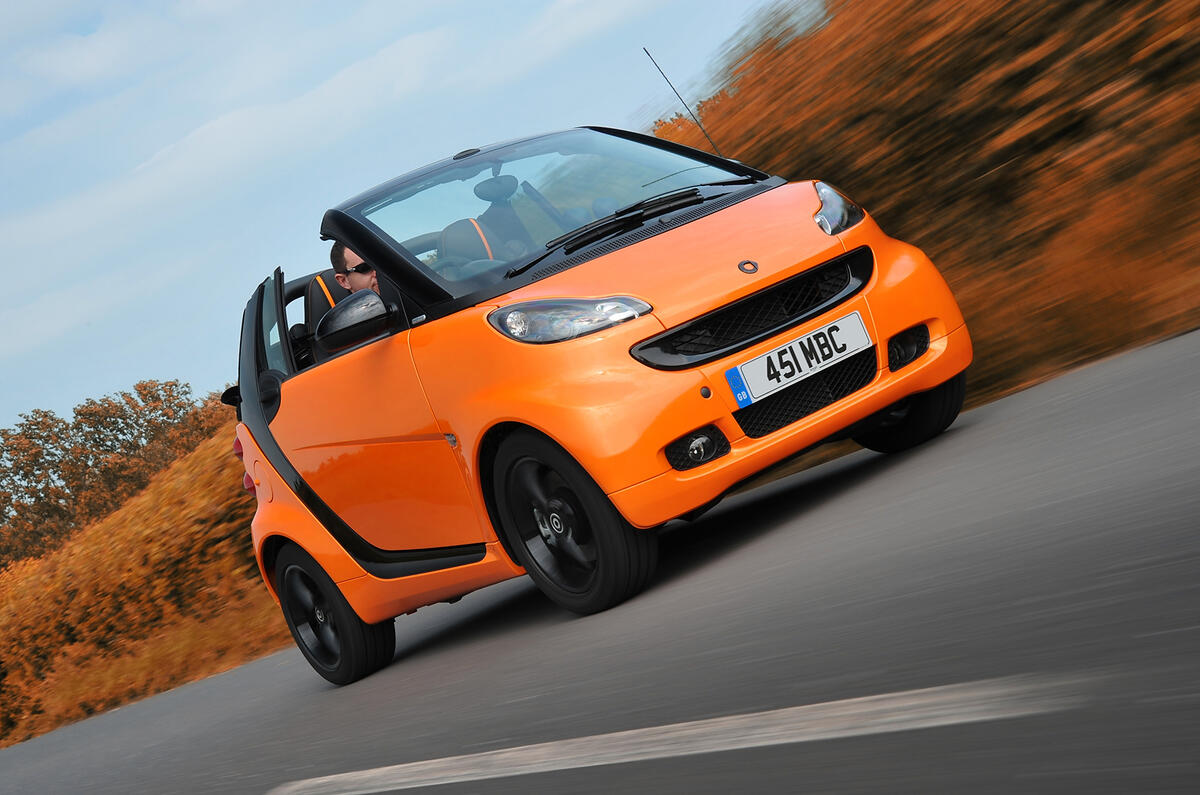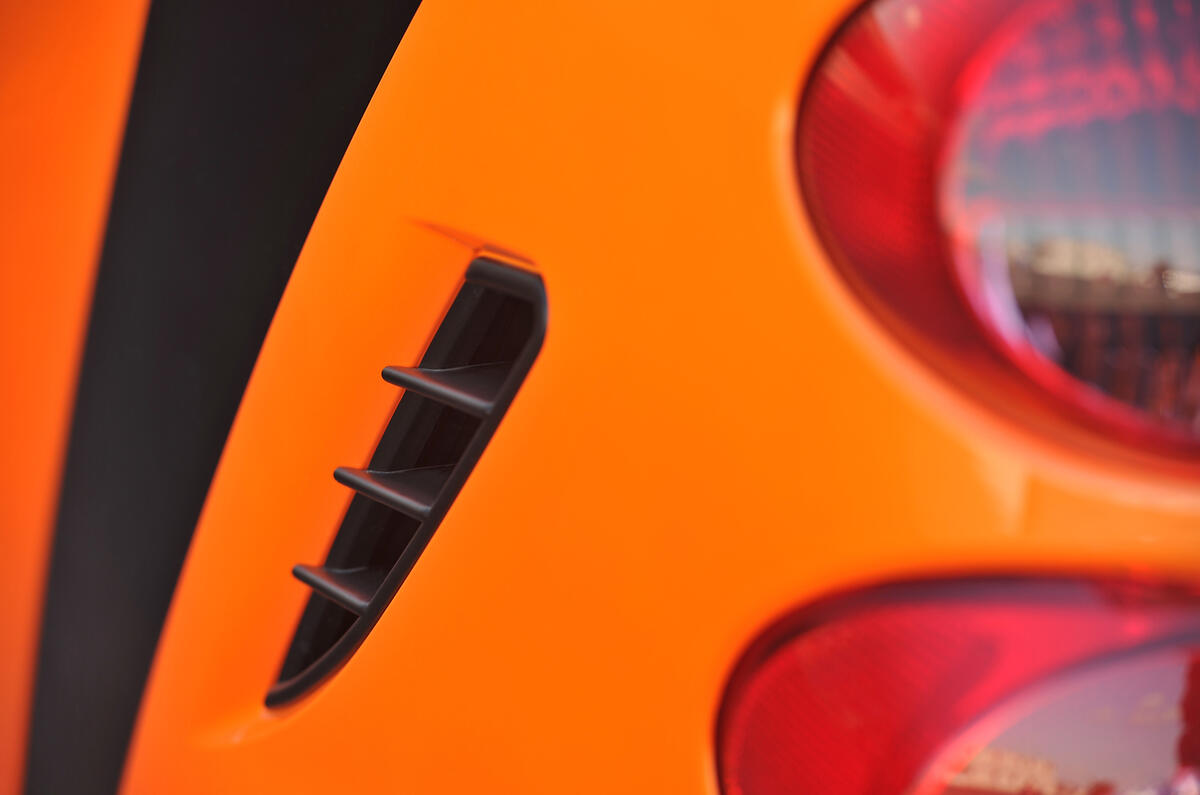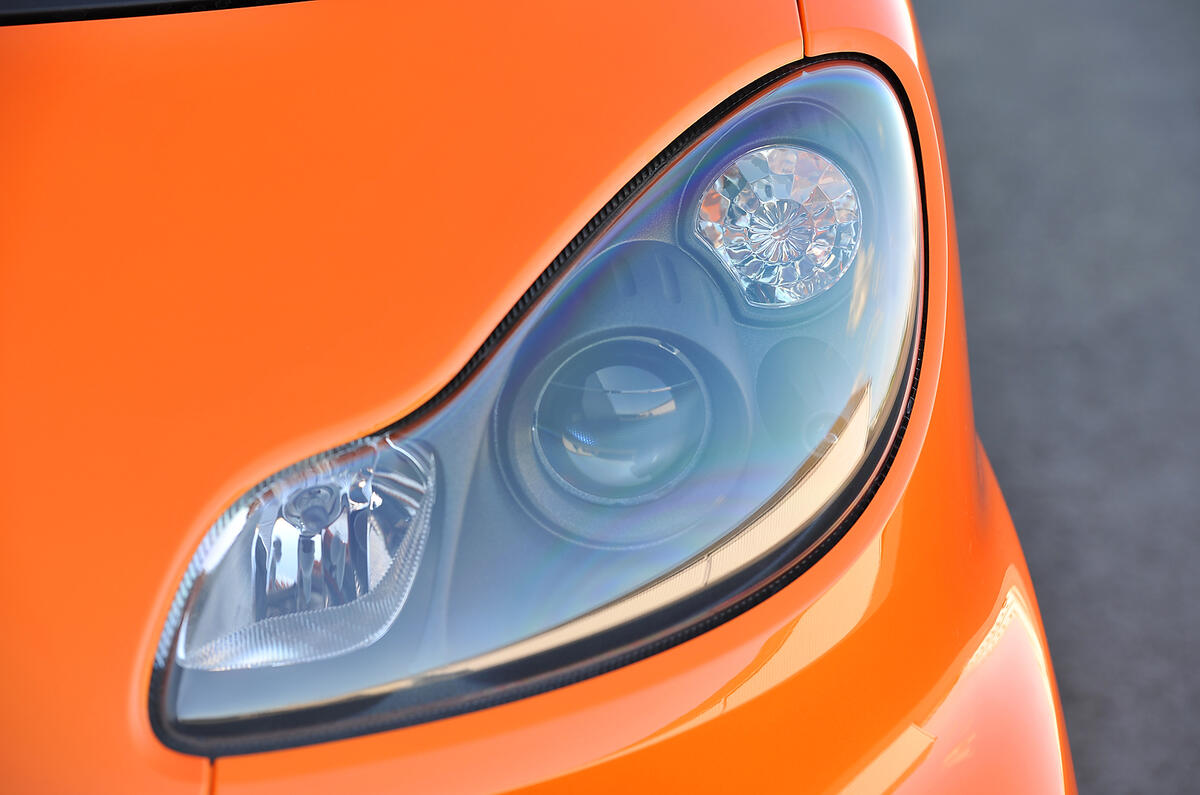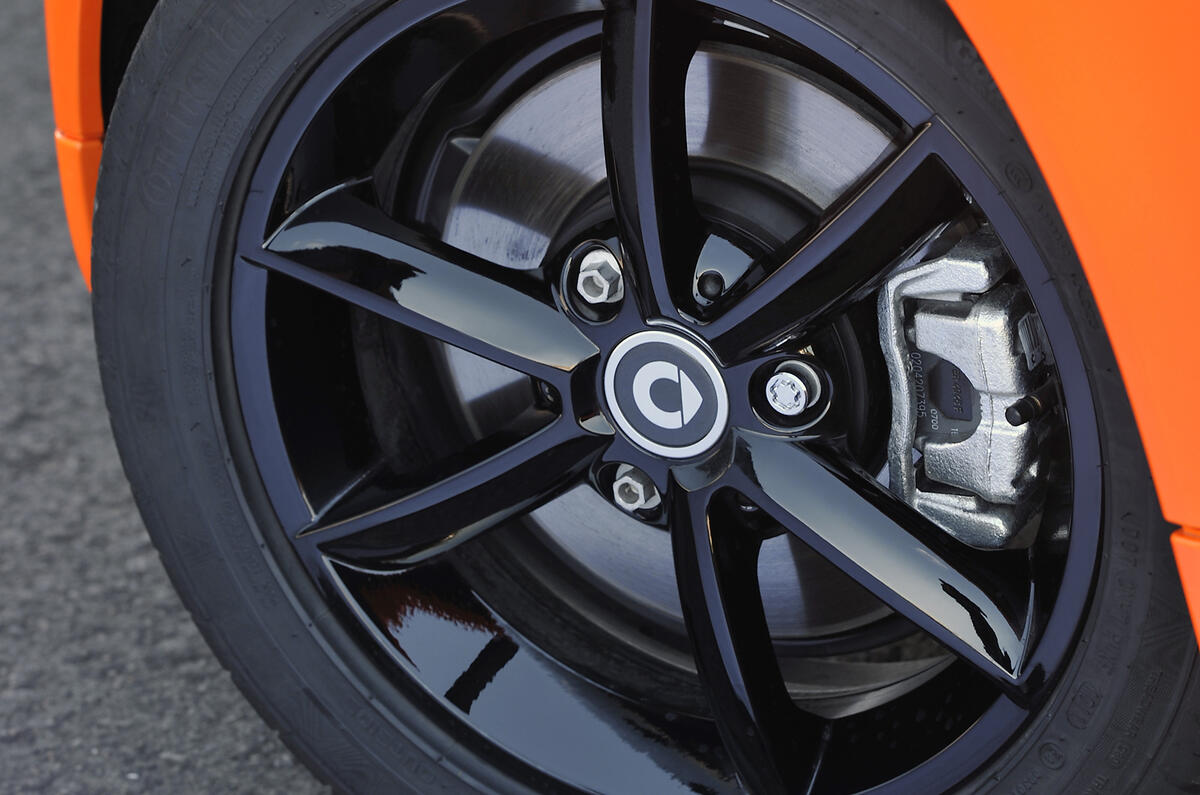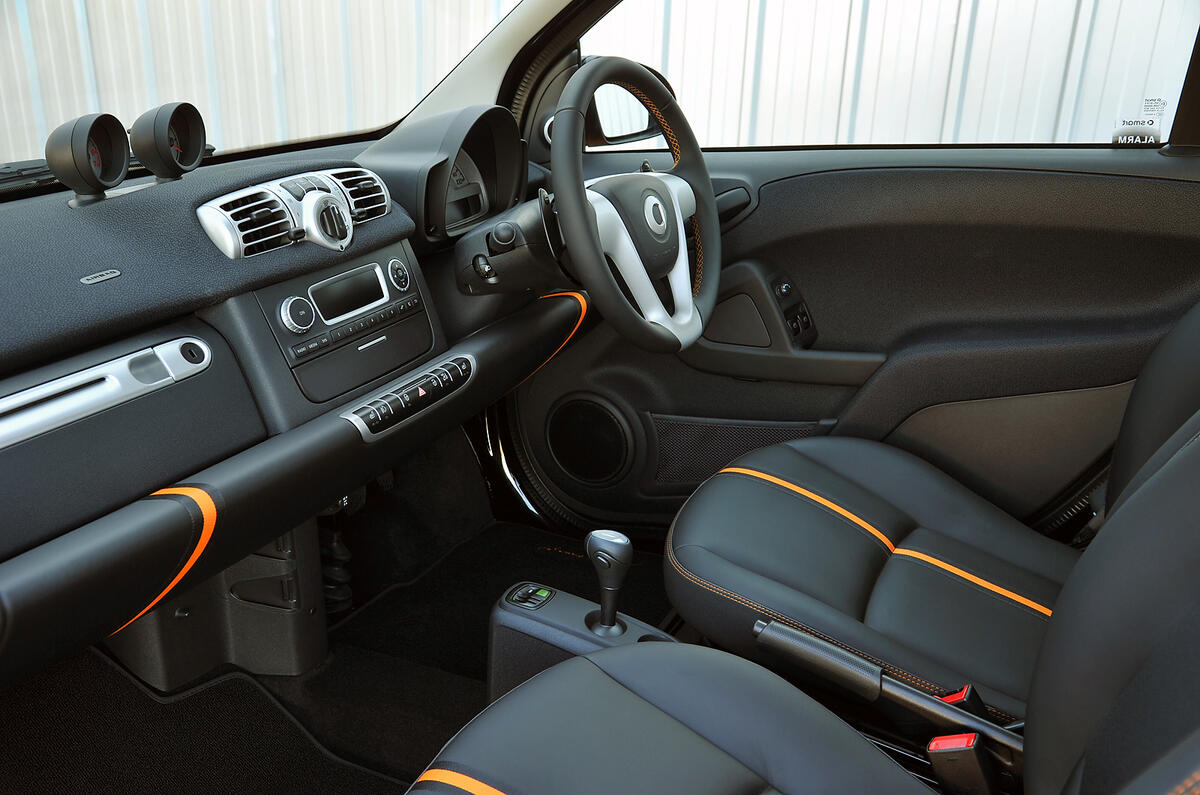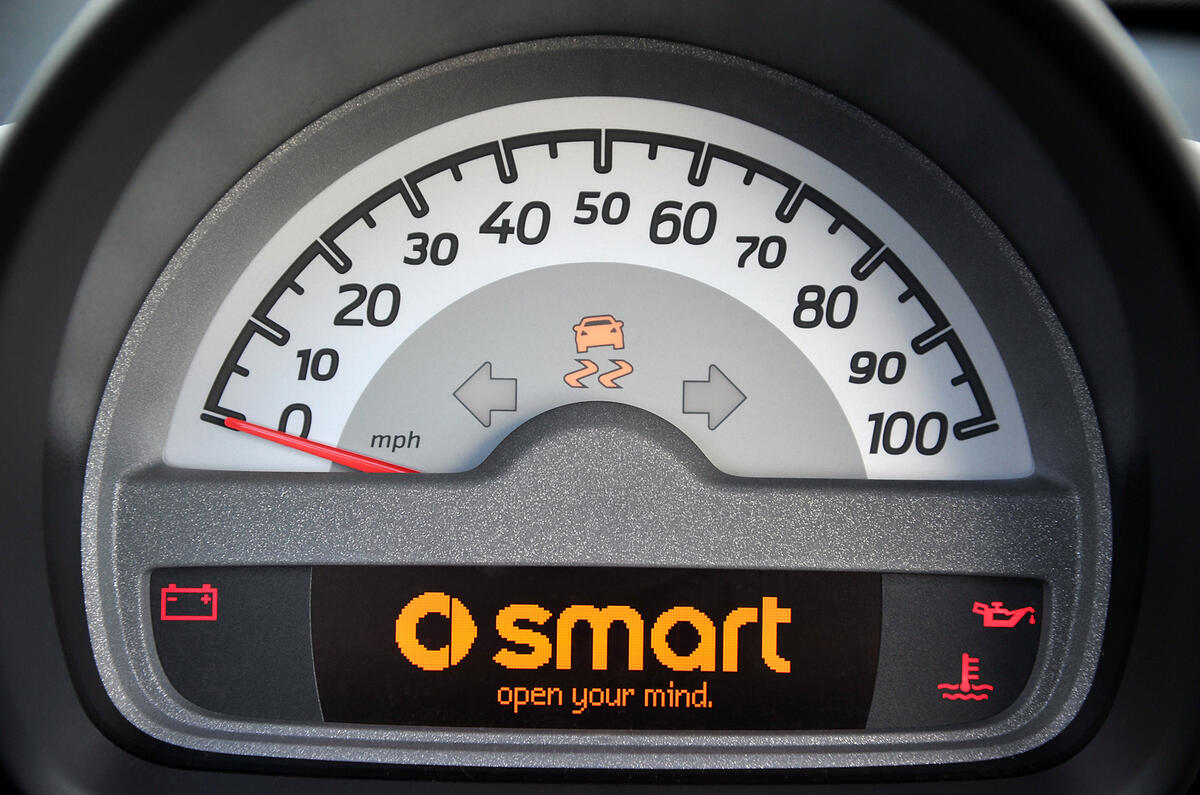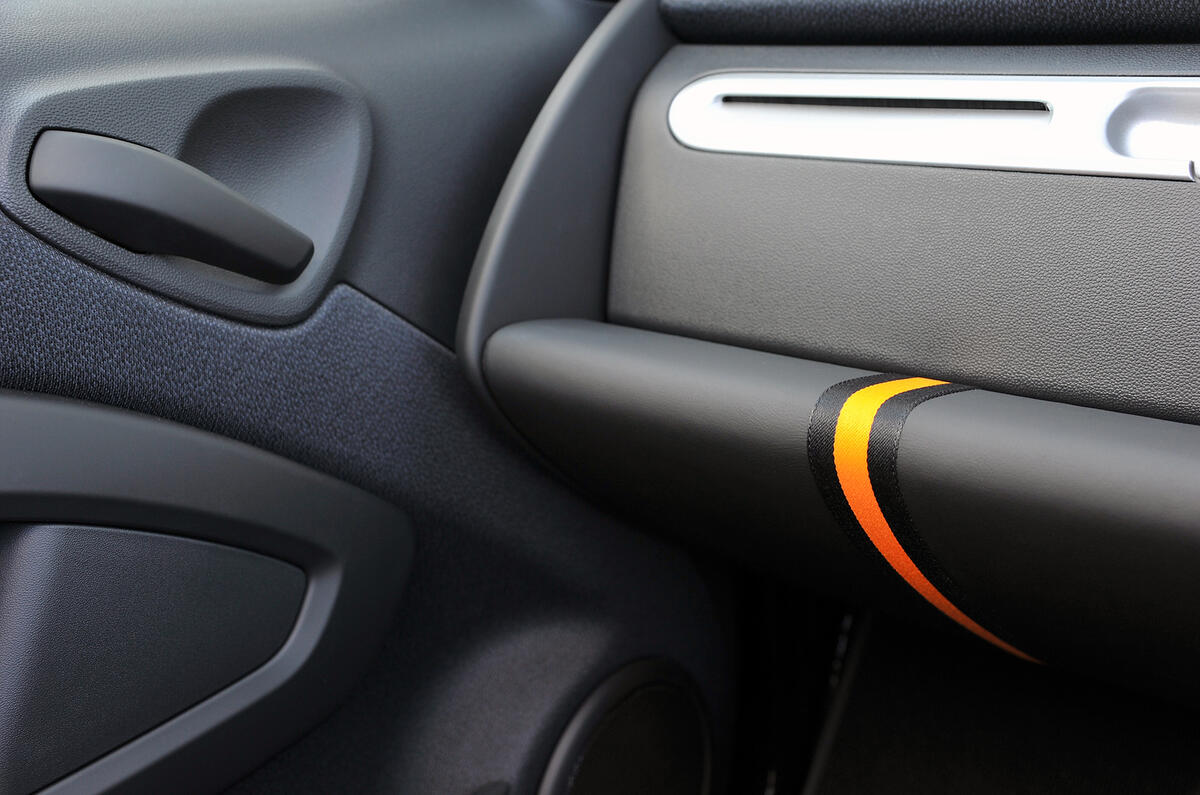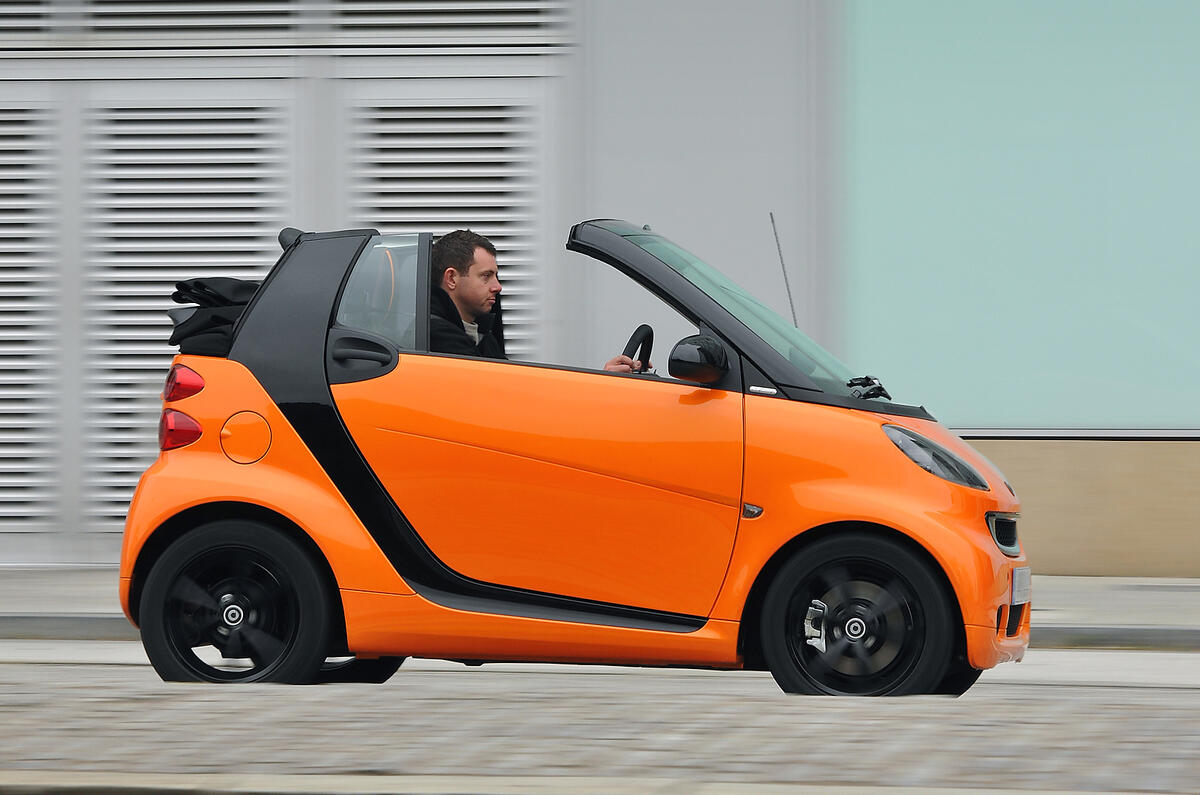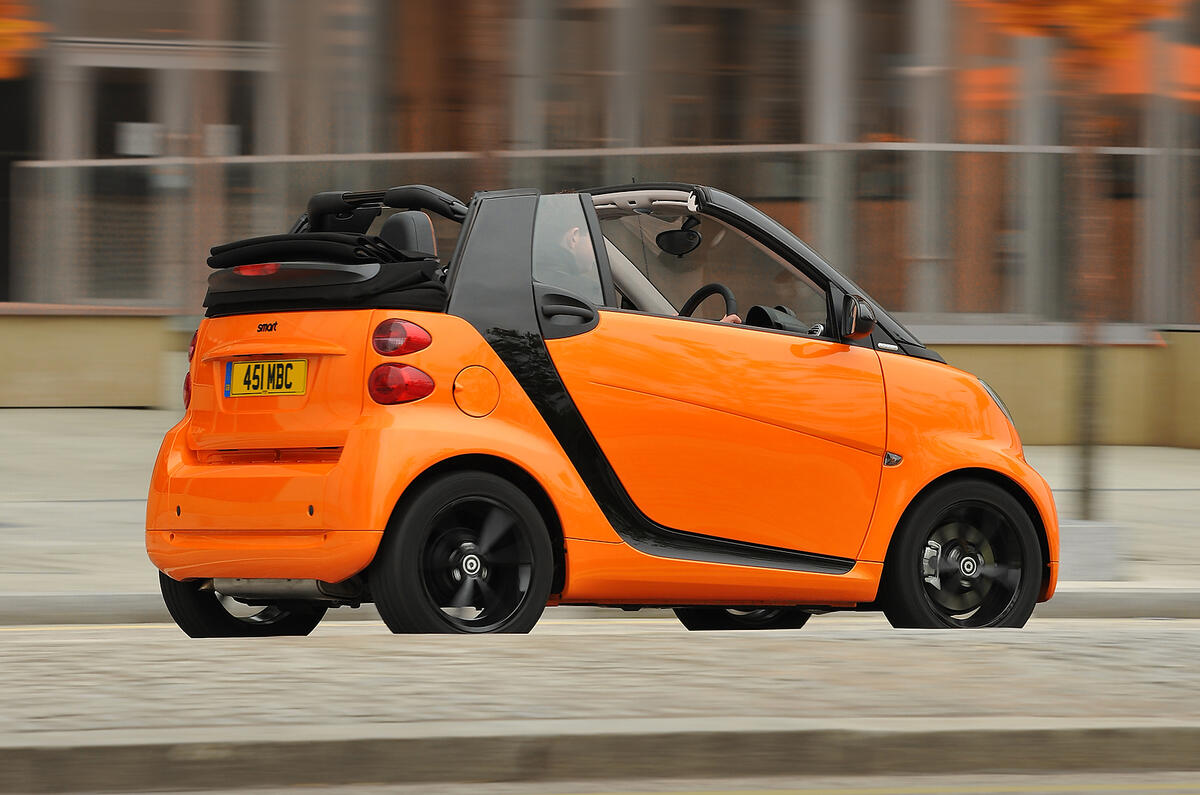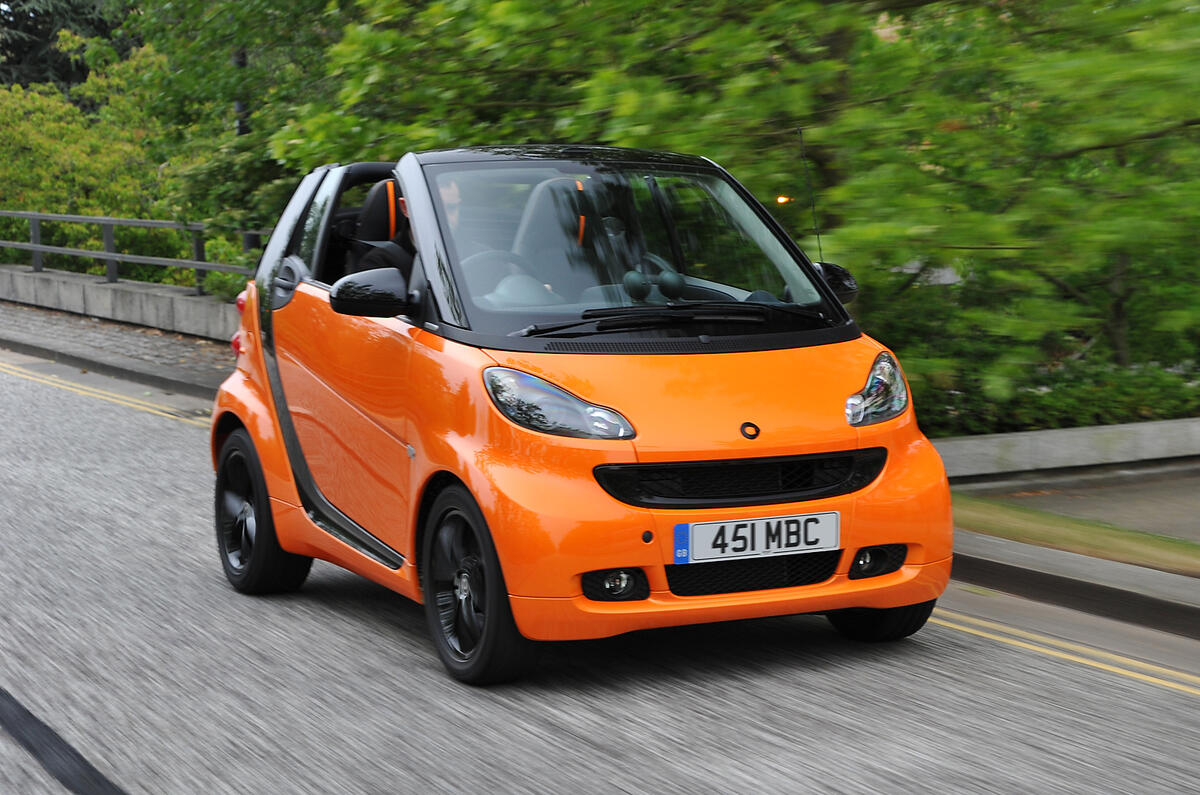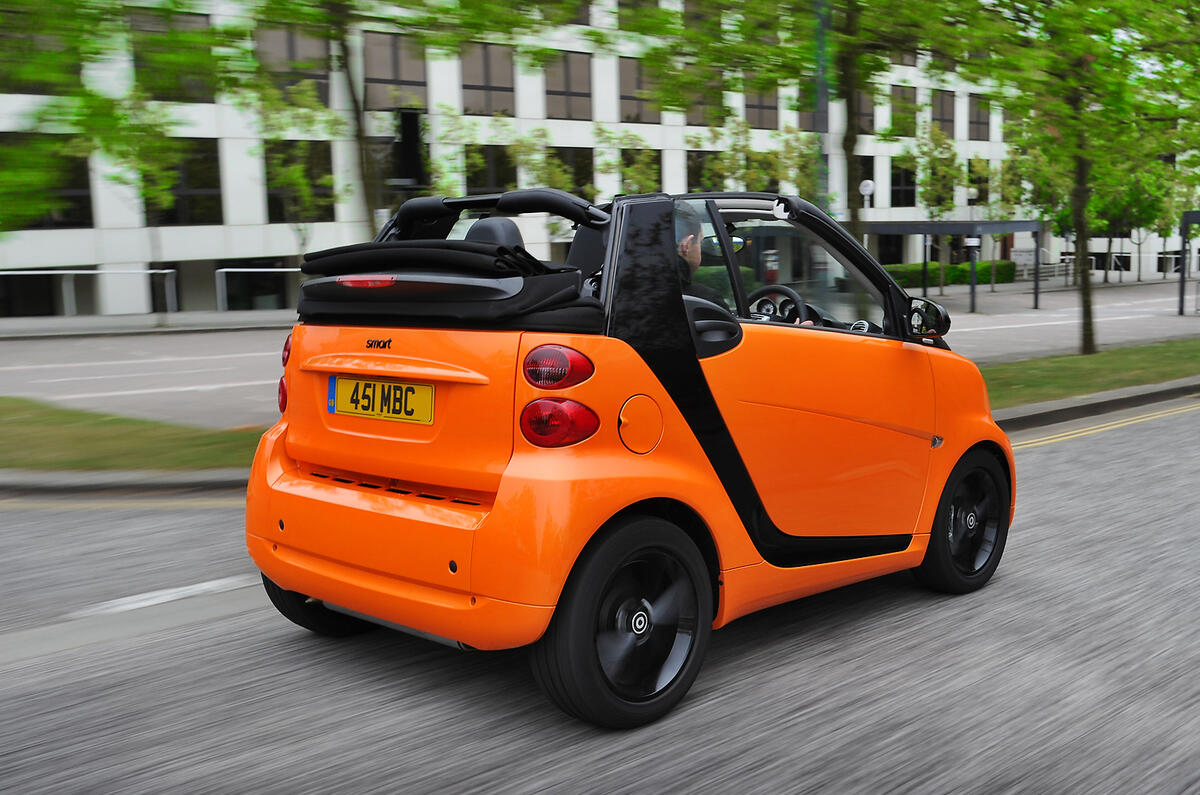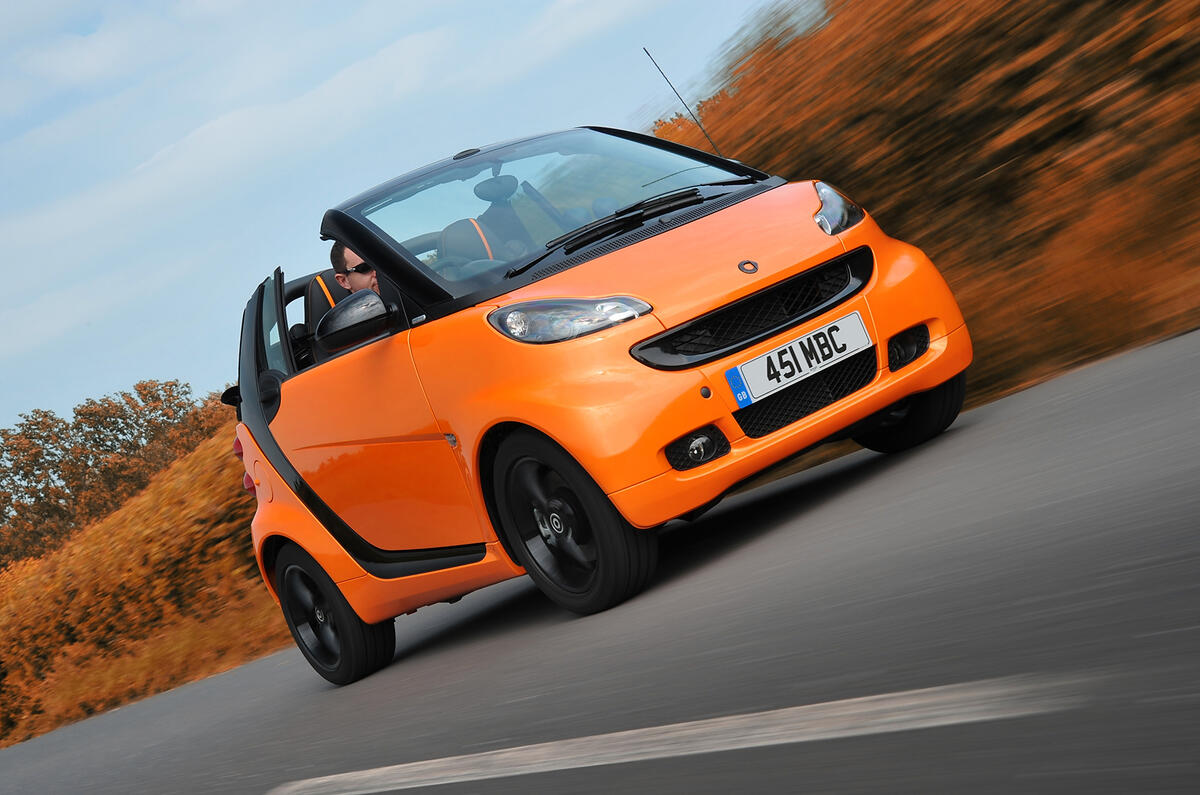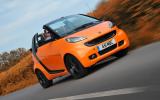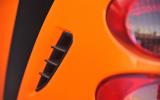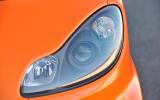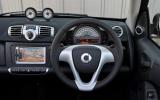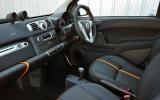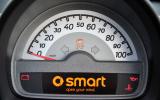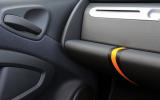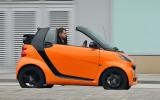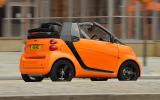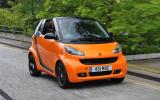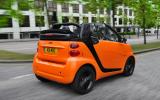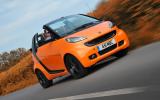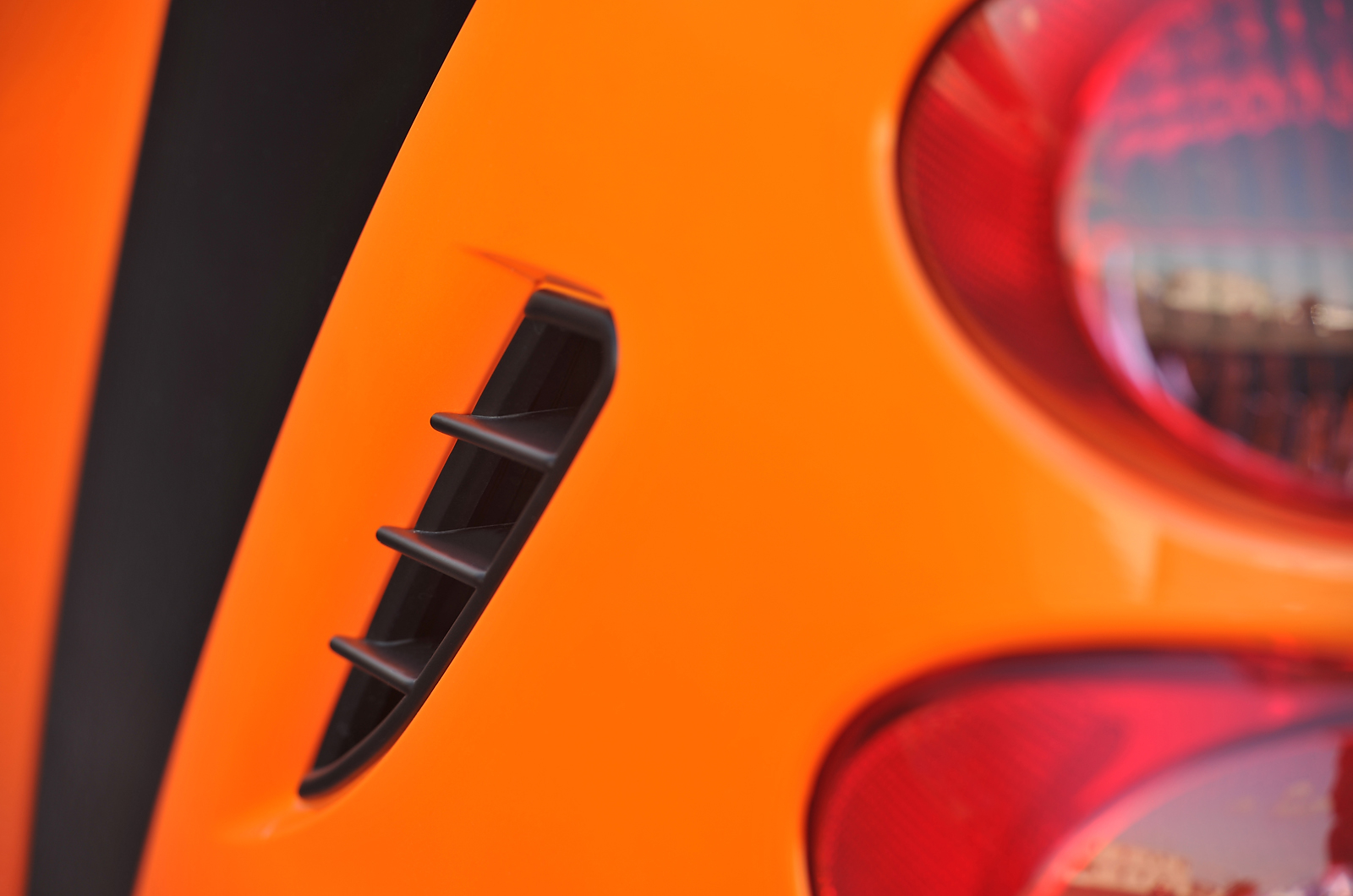The Smart ForTwo is the sort of car we’d love to like. The rear-engined two-seater is packaged and engineered in an innovative and clever fashion that motordom has rarely seen in small cars since Alec Issigonis placed an engine crossways in the front of the Mini.
The realisation of the original Smart concept, however, was less endearing than the concept itself. For all its engineering purity, the first Smart CityCoupé – later renamed the ForTwo – was too compromised in daily use.
It was bad enough that it could seat only two and offered too little luggage space. Worse still, its sluggish performance and tardy gearchange made it less appealing to drive than the Fiat Panda, Ford Ka or Peugeot 107 / Citroen C1 / Toyota Aygo trio. Its final ignominy was that it was easily as expensive as any city car.
But Mercedes bosses reckoned that total sales of 770,000 cars in eight years showed the original concept was right, and with the world growing daily more conscious of car congestion and pollution, the future for a right-sized Smart operation might even be bright.
That’s why bosses summarily dumped the slow-selling Roadster and Forfour, slashed costs at the Hambach plant (by halving the workforce), devised a plan to sell the car in the US and set a crack team to work correcting the dynamic shortcomings of Smart's core model, the Fortwo.


